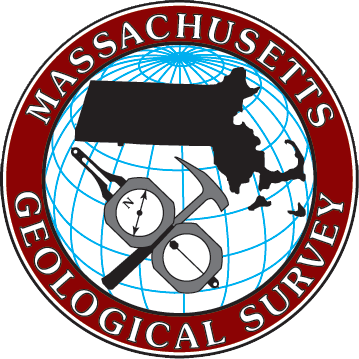| Title | Guiding principles for use of digital technology in geologic data collection and distribution |
| Publication Type | Conference Proceedings |
| Year of Publication | 2014 |
| Authors | Kopera, JP, P. House, K, Schmidt, M, Clark, R |
| Conference Name | Abstracts with Programs - Geological Society of America |
| Volume | 46 |
| Pagination | 75 - 75 |
| Date Published | 2014/01/01/ |
| Publisher | Geological Society of America (GSA) : Boulder, CO, United States |
| ISBN Number | 00167592 |
| Keywords | #StaffPubs, data, data preservation, databases, digital, digital data, digital geologic maps, geologic maps, GIS, migration |
| Abstract | The past decade has seen a dramatic shift in the public perception of a map as a static paper document to a dynamic digital interface for addressing a specific geographic question. The adoption of digital technology for geologic data collection, compilation, and distribution has many advantages but requires a similar shift in attitudes towards the nature of data and resulting maps themselves to ensure that they remain accessible, viable, and relevant in this new paradigm. We propose a set of guiding principles for the use of digital technology in geologic data and map production: 1.) Utilize dedicated digital data professionals (DDPs): It is unreasonable to expect that geologists maintain expertise in their field and be thoroughly versed in complex and rapidly changing best practices for digital data. Following the recommendations of the National Research Council (2009), DDPs should be embedded in any research endeavor from its inception with geologists being savvy enough in digital technology to maintain productive engagement with DDPs. 2.) Use appropriate technology: Fully digital workflows and field equipment are not appropriate for all projects. Free or open-source software (FOSS) and easily available low-cost hardware (i.e., smartphones) have also met or surpassed the utility of many proprietary technology solutions thus reducing the price and increasing accessibility of data. 3.) Practice good data management: Digital data takes considerable resources and sustained effort to remain viable even shortly after its production. Best practices in data accessibility (data standards, open formats, etc.) and maintenance (refreshing, migration, etc.) in addition to robust metadata creation, through all phases of a project, are unquestionably necessary. 4.) Approach maps and digital data as living dynamic entities: Geologic data is out of date the moment it is published. A primary advantage of digital datasets is their ability to be easily updated, queried, and manipulated in infinite ways. Derivative products for specific applications are in arguably higher demand by end users than the data itself. Geologists must design for flexibility, appropriateness of use, and the persistence of their expert interpretations through development of all possible end products of and updates to the map and dataset. |
| URL | https://gsa.confex.com/gsa/2014NE/webprogram/Paper236362.html |
| Short Title | Abstracts with Programs - Geological Society of America |
Guiding principles for use of digital technology in geologic data collection and distribution
For more info contact:



